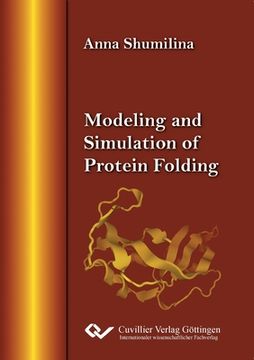Synopsis "Modeling and Simulation of Protein Folding (in English)"
The book describes a new mathematical model for intracellular protein folding and the implementation of this model in the form of a novel simulation software. Besides, the related biological, chemical, and physical background, important for understanding and rationalization of the proposed model, is outlined, and a short overview of the best-known methods for protein structure prediction and molecular modeling is given. The first chapter provides a general introduction to the problem, characterizes the chemical structure of proteins, and summarizes amino acid properties, including chirality and ionization behavior. After that, the principles of quantum mechanics and their consequences for the molecular structure are described. The discussion goes over to covalent and hydrogen bonding, as well as to electrostatic and van der Waals interactions. Further, some known facts about the three-dimensional structure of proteins and typical conformations of amino acids are outlined, followed by a quick glance at the hydrophobic effect and the interaction of charged groups with the solvent. Later on the focus is shifted to biological aspects, starting with chaperons and assisted protein folding, mentioning prions, which put into question the popular hypothesis about the global energy minimum of any native structure, and continuing with details of protein synthesis in the cell, which constituted the basis for the proposed model. The chapter finishes with a short description of experimental methods for protein structure prediction and with some information about databases for storage of known protein structures.

